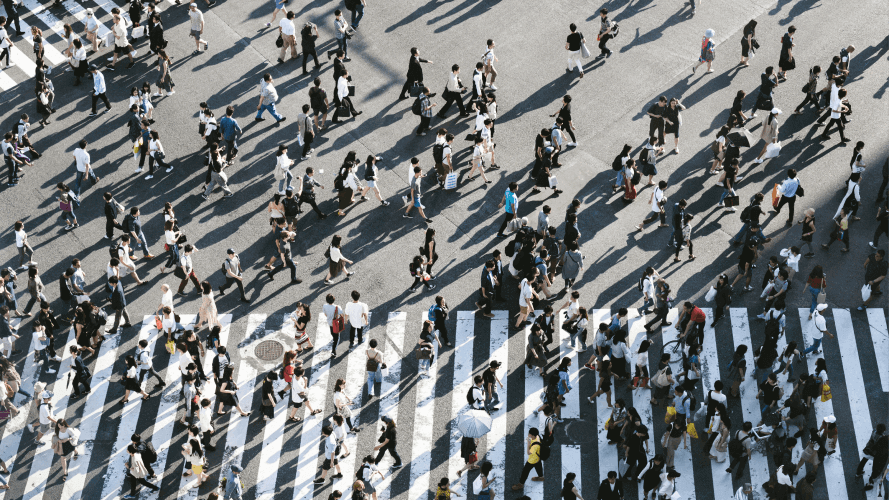Hard Light Vs Soft Light: What’s the Difference?

Welcome to the fascinating world of photography lighting techniques, where the debate of hard light vs soft light takes center stage.
Whether you're capturing portraits, landscapes, or still life, understanding the nuances and harnessing these lighting methods is your ticket to elevating your craft.
In this article, we'll delve into hard vs soft light, explore their unique characteristics, and give you a few pointers for using these photography lighting techniques.
Hard Light: Adding Drama and Depth

Let's start with hard light, the bold and unapologetic counterpart to soft light.
Hard light is characterized by its intense, focused beams that create sharp, well-defined shadows and highlights.
When cast onto a subject, hard light accentuates textures, contours, and intricate details, resulting in images with a sense of drama and depth.
Applications of Hard Light
Hard light is ideal for subjects that demand a dynamic visual impact, such as:
- Architectural photography
- Street photography, and
- Fashion shoots

Use hard lighting techniques where you want to highlight sharp lines and bold shapes.
It can also be used creatively to evoke mood and atmosphere, lending a cinematic quality to your compositions.
How to Use Hard Light Effectively
Imagine capturing a dramatic portrait against an urban backdrop, with harsh sunlight casting deep shadows and illuminating the subject's features with striking clarity.
By embracing hard light, you can infuse your image with intensity and energy, capturing a moment that resonates with raw emotion and authenticity.
To maximize the impact of hard light, consider the angle and intensity of your light source.
Experiment with positioning your light to create dramatic shadows and highlights, emphasizing texture and dimension.
Additionally, you can manipulate hard light by using modifiers such as snoots or grids to control its direction and focus.
Soft Light: Embracing Elegance and Warmth

In contrast to the boldness of hard light, soft light exudes a gentle, diffused glow that bathes your subjects in flattering illumination.
Soft light minimizes harsh shadows, resulting in smoother transitions between light and dark areas, and creating a soft, ethereal quality that enhances the overall mood of your photographs.
Applications of Soft Light
Soft light is synonymous with portrait photography, where its flattering qualities can enhance the natural beauty of your subjects.
Whether you're shooting in a studio or outdoors, soft light creates a sense of intimacy and warmth, making your subjects appear approachable and inviting.
It's also well-suited for still life, food photography, and any situation where you want to convey a sense of softness and serenity.

How to Use Soft Light Effectively
To achieve soft light, consider using modifiers such as umbrellas, softboxes, or diffusers to scatter and soften the intensity of your light source.
By feathering the light or adjusting its distance from your subject, you can further refine the quality of your soft light, creating a flattering glow that enhances skin tones and minimizes imperfections.
Hard Light Vs Soft Light? It’s for You to Decide

The choice of hard vs soft light ultimately depends on the mood, atmosphere, and aesthetic you want to convey in your photographs.
Experiment with different lighting techniques, modifiers, and environments to discover what works best for your unique style and vision.
Whether you're drawn to the bold drama of hard light or the muted elegance of soft light, embrace the versatility of these photography lighting techniques and let your creativity shine!
Final Thoughts
Remember, there are no hard and fast rules in photography, so don't be afraid to push the boundaries of your creativity using different lighting methods.
In a nutshell, the difference between hard light and soft light is like comparing a bold espresso shot to a smooth latte.
Hard light brings the drama with sharp shadows and intense highlights, perfect for scenes that need a punch.
Soft light, on the other hand, wraps your subjects in a cozy blanket of gentle glow, making everyone look like they just stepped out of a spa day.
So, whether you're all about that edgy vibe or prefer your shots to feel like a warm hug, don't be afraid to play around with hard and soft light.
After all, it's all about finding your unique style and letting your creativity shine, one click at a time!
P.S. If you’re just starting your photography business, here are 8 tips you’ll find super helpful.
